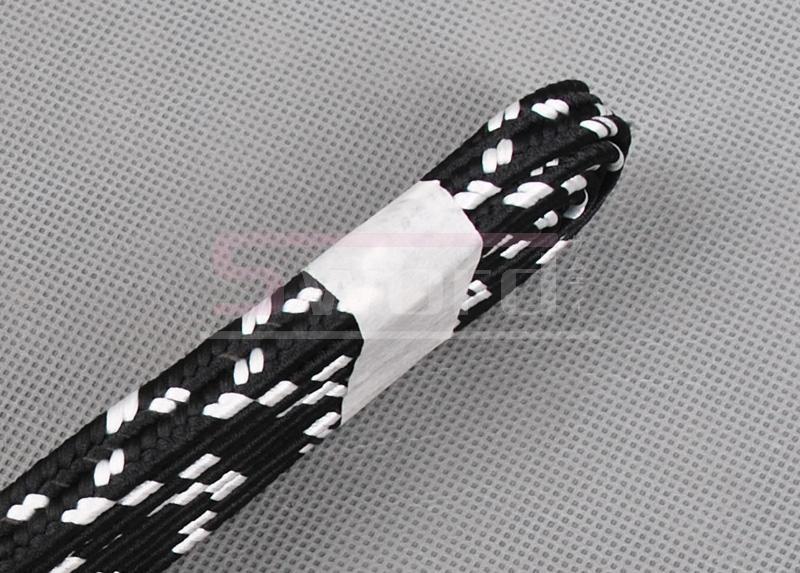

The Ronin Musubi knot is a decorative way to finish off the end of a string or cord.It is also known as the "finger loop knot" because of the way it is tied using your fingers. The Myoga Musubi knot is a Japanese knot used to secure items such as obi sashes and kimono cords.This forms the distinctive shape of the Daimyo Musubi knot. The loop is then pulled through the center of the knot and tightened. The ends of the cords are then wrapped around each other to form a loop. The Daimyo Musubi knot is a type of decorative knot used in ancient Japan.The Daimyo Musubi knot is made by tying two cords together in a specific way.This knot is not as strong as the double slip knot or the figure eight knot, but it can add a bit of personality to your katana. The Butterfly Knot is a decorative knot that is often used to add a bit of flair to katanas.There are many ways to personalize your sageo and make it unique to you: If you want to get more creative with your sageo, you can try different knots or even braiding the fabric. This helps to keep the cord from getting tangled and makes it easier to draw the sword when needed. When not in use, the sageo can be wrapped around the sword and tucked into the obi.
Parts of a katana sageo free#
If this happens, it can be difficult to free the sword from the sageo without damaging either the cord or the blade. The cord can easily get caught on the edge of the sword and cause it to become entangled. If you are wearing a sword with a sageo, it is important to be mindful of the cord when drawing or sheathing the blade. Once you have done this, you will need to make a knot at the base of the sageo to keep it in place. The most common way to tie sageo is by folding the fabric in half and then looping it around the saya (scabbard). The most important thing is that the sageo is securely fastened so that the sword will not fall out. Some people prefer to tie it in a simple knot, while others may opt for a more intricate design. There are many different ways to tie a sageo, and the method will vary depending on the individual's preference. It can also be used for various techniques and maneuvers, so you may want to experiment with different lengths to see what works best for you. One thing to keep in mind is that the sageo can be used for more than just tying the sword to your belt. You can always adjust the length as needed once you start using it. A good starting point is somewhere between 12-18 inches (30-45 cm). Ultimately, it's up to you to decide what works best for you.Īs a general rule of thumb, the sageo should be long enough that it can be easily grasped, but not so long that it gets in the way or becomes cumbersome. Some people like their sageo to be long enough that it can be wrapped around the saya (scabbard), while others prefer a shorter sageo that just hangs down the side. However, it really depends on personal preference and what you find comfortable. Sageo length is typically around four feet. It also adds a decorative element to the sword, and can be customized with different colors and patterns. The purpose of the sageo is to keep the sword in place and prevent it from falling out of the scabbard (saya). The sageo is loops through the hilt of the sword ( tsuba), and is then tied to the belt. It is usually made of silk or other strong, durable material. A sageo is a cord used to secure a Japanese sword (katana) to the belt ( obi).


 0 kommentar(er)
0 kommentar(er)
